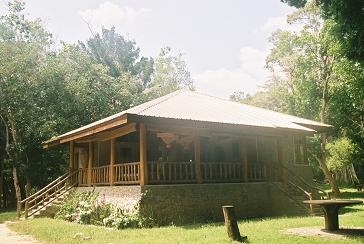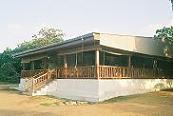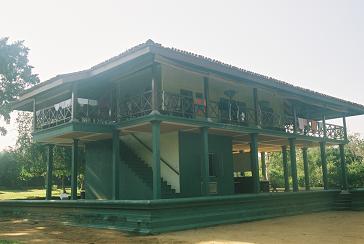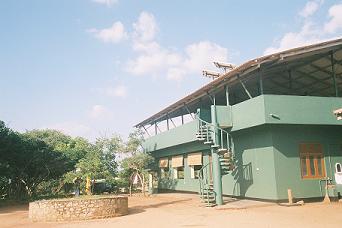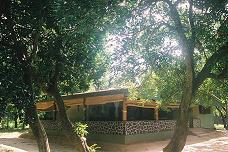
Yala National Park
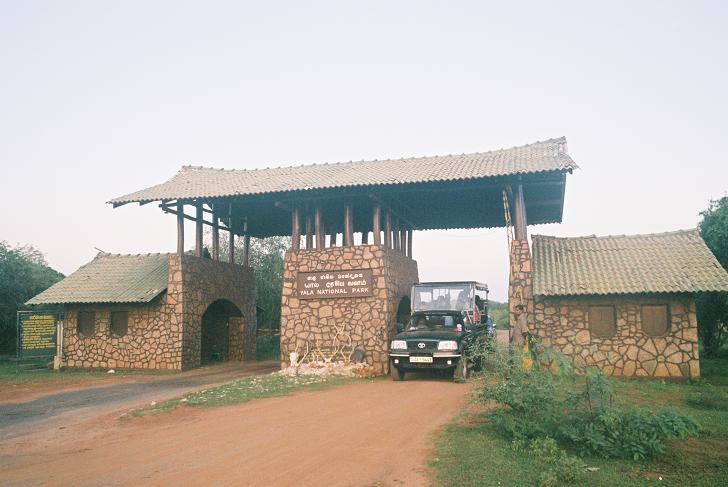 |
|
| INTRODUCTION | Yala National Park is the oldest national park in the Sri Lanka and it is extended over two provinces, namely Uva & Southern. It lies within Monaragala & Hambantota districts.Yala National Park covers about 97,880.7 hecters, the multifarious eco system ranging from the Moist Monsoon Forest to other natural compartment. Yala has been declared as a protected area in 1900 and it was a 389 km2 at that time. In 1909 Yala was declared as Sanctuary and gain gazette as a National Park in 25 th February 1938. |
| ACCESS | Gateway to Yala is Tissamaharama two which can be reached from the Colombo either through Hambantota or Tanamalwila. Two access routes to Yala can be reached by
|
| PHYSICAL CHARACTERRISTICS | Yala is situated in the lowest penplain of the island. The penplain which is a flat and a gently undulating surrounds the hill country on all sides. Yala is located in the one of agro-ecological region and the season of dry is long and prominent. Major rainy season for this region is North-East monsoon which occur from October to January. The mean total annual rainfall of Yala is about 1281mm. Average monthly rainfall ranges from a low of 153.6mm in January to a high 268.8mm. The mean temperature ranges from a lowwst of 26.38 ° C in January to highest of 27.85 ° C in May. The average relative humidity as recorded at Hambantota ranges between 76% and 81%. The North-east Monsoon becomes scarce during the long dry spell specially in the months of August to November. There are number of water major and minor rivers and streams running through the park. |
| VEGITATION | Yala has a secondary forest, probably a few hundred years old where semi-arid thorn scrub is interspersed pockets with fairly dense forest marked by many flowering trees and rare topical woods. |
| FAUNA | The salient vertebrate species are mammals such as elephant (Elephant maximus maximus), wild buffalo (Bubalus bubalis), spotted deer (Axix axix ceylonensis), and various bird species. Depending on the availability at suitable habitats and animal interrelationships the distributions of different species vary amongst different regions of Yala. |
Copyright ©2013 Department of Widlife Conservation




